Note: This website was automatically translated, so some terms or nuances may not be completely accurate.
Shiseido Corporate Museum: Visualizing the Management Asset "Corporate Culture"
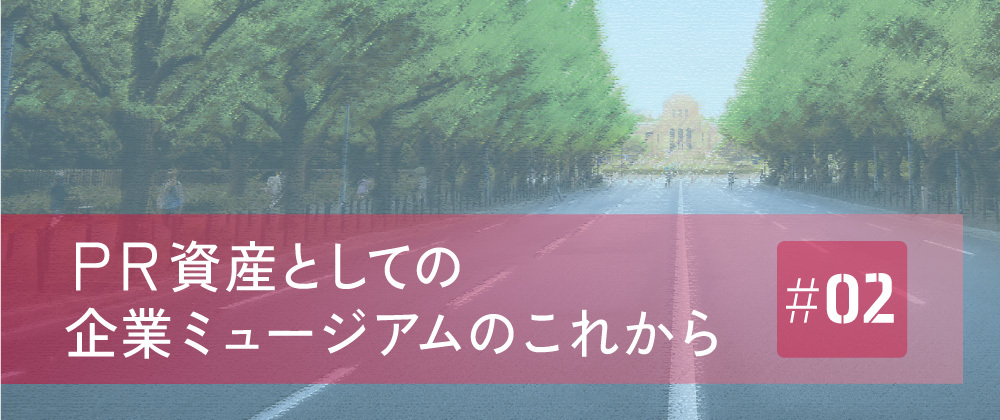
Corporate museums occupy a buffer zone straddling both the academic realm of "museums" and the business realm of "corporations." They are organizations that collaborate diversely with corporate departments such as public relations, branding, advertising, and human resources. In this series, PR professionals will introduce various corporate museums, exploring their roles, functions, and potential.
The Shiseido Corporate Archives collection, featured in MIT teaching materials. The collection is publicly accessible on MIT's "Visualizing Cultures" lecture website. Shiseido positions its "corporate culture" as its "fourth management asset." This culture is archived and visualized within the corporate museum, continuously driving innovation. This article explores the role of "corporate culture" through an introduction to Shiseido's museum.
Research and Text: Kyoko Fujii (PR Consulting Dentsu Inc.)
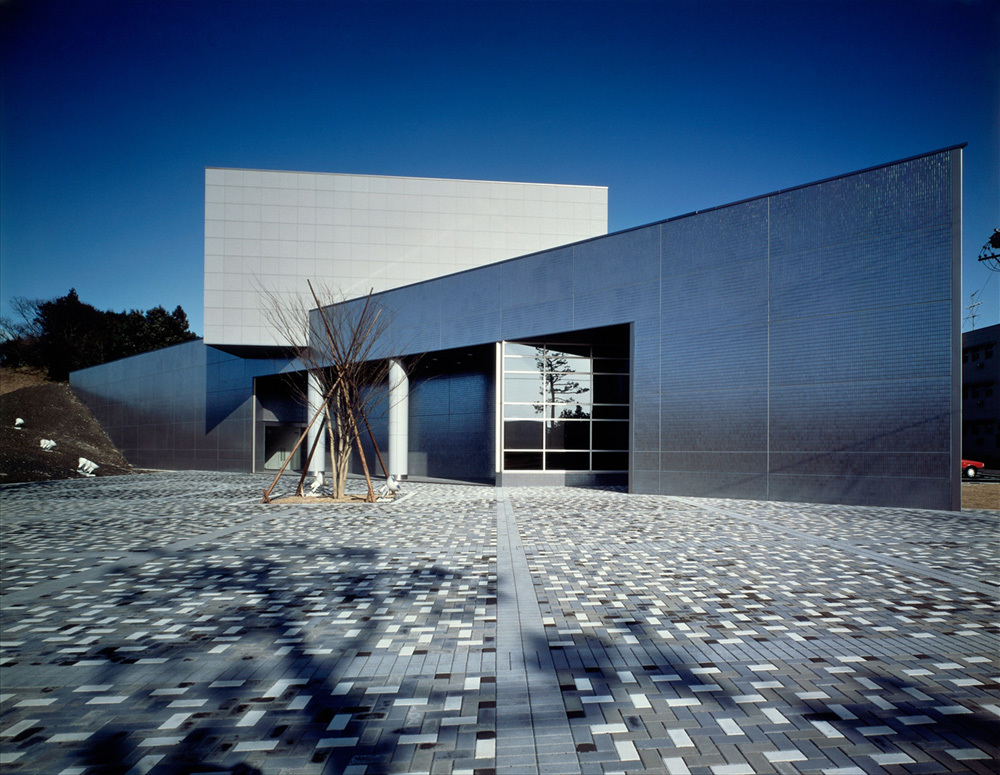
"Those who can see far into the past can see far into the future."
── Winston Churchill
The Shiseido Corporate Museum is a corporate museum opened by Shiseido in Kakegawa City, Shizuoka Prefecture, in April 1992 to commemorate its 120th anniversary. It is adjacent to Shiseido's Kakegawa Factory, and on the same grounds stands the Shiseido Art House, which houses and exhibits outstanding modern and contemporary artworks. Visible from the windows of the Tokaido Shinkansen bullet train, the museum is located somewhat inconveniently for visitors from major cities. Yet, even with limited opening days to just three per week before the COVID-19 pandemic in 2019, it welcomed approximately 20,000 visitors annually.
This four-story museum centrally collects, preserves, and publicly displays a wide range of materials—including products and promotional materials—created throughout Shiseido's long history. This history spans from its founding in 1872 (Meiji 5) as Japan's first private Western-style compounding pharmacy during an era dominated by traditional Chinese medicine, up to the present day.
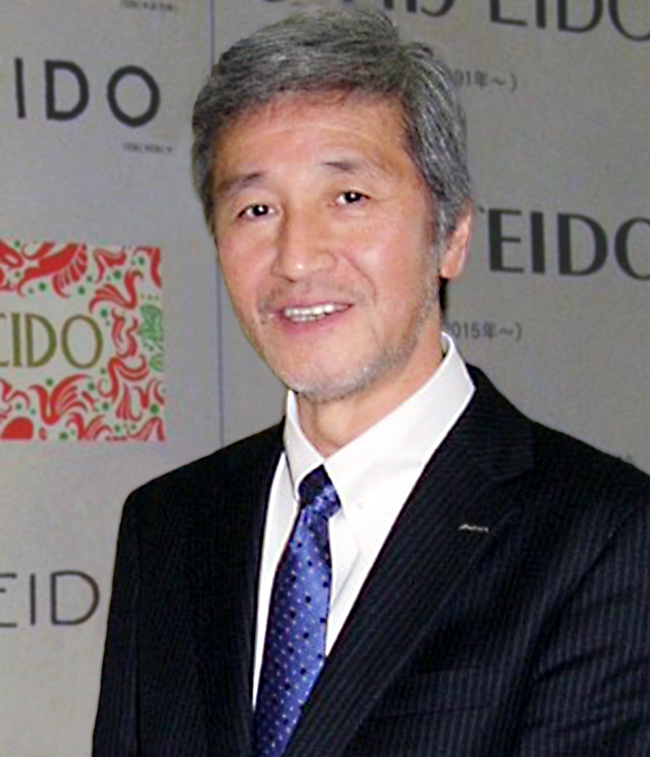
This time, we were guided by Toshiyuki Oki, Director of the Shiseido Corporate Archives. The first and second floors serve as exhibition spaces. The first floor features a permanent exhibition tracing Shiseido's journey from its founding to the present. It also displays products from the first 100 years of the company, alongside a diorama of Ginza during the Meiji era and a section showcasing historical costumes. For example, visitors can see the actual first Shiseido cosmetic product, "Oidelmin," along with the evolution of the logo and the camellia mark. The second floor displays advertisements and posters from the founding to the present, plus products from the 101st year onwards.
Spanning the third and fourth floors is a climate-controlled backroom where various materials are preserved: products since the founding, brands, company publications, beauty-related items, financial and management documents, and promotional materials. While not normally open to the public, we were granted special access to this backroom and shown Shiseido's valuable historical materials.
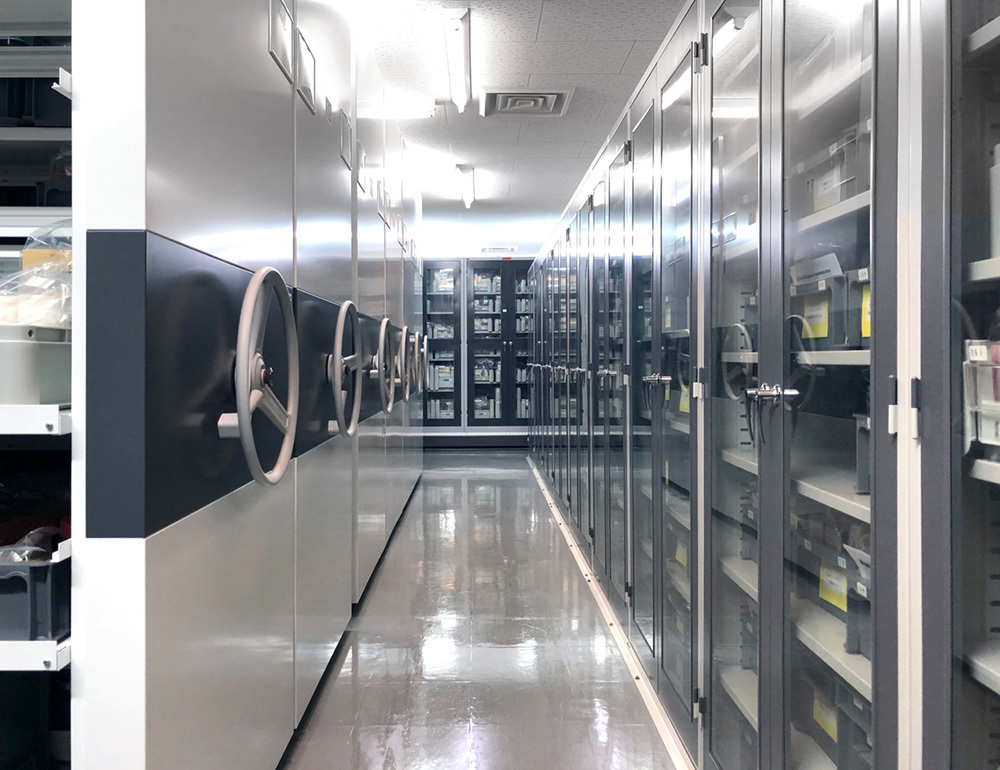
Why Kakegawa in Shizuoka Prefecture, not Tokyo?
Ginza is where Shiseido was founded. Its current headquarters functions are located in Shiodome, Minato Ward, Tokyo. The reason the Shiseido Corporate Archives was built in Shizuoka Prefecture is that a large site could be secured there, adjacent to the Kakegawa Factory. The vast amount of materials accumulated over 150 years of history continues to grow. Preserving these physical items in their original state would be difficult to accommodate in the city center. While establishing the museum in a major city would be more efficient solely for attracting visitors, the Shiseido Corporate Museum is currently only open to the public on Fridays. Its operations include collecting various daily internal documents, preserving and organizing them, lending materials upon internal requests, handling same-day inquiries, and assisting employees, researchers, and media from Japan and abroad. Consequently, public access has been limited to Fridays since 2020. Incidentally, museum staff from other major corporations also visit this archive. They primarily come to consult on archiving practices.
The Fourth Management Asset: "Corporate Culture"
The establishment of this corporate museum was discussed since the 1980s. A basic plan was established to prevent the loss of over 20,000 materials collected for the 100-year history compilation and historical materials held by various departments, which were at risk of dispersal. This plan aimed to create a centralized collection and storage system with the museum as its headquarters, thereby safeguarding valuable records of historical activities and materials while improving the internal environment for managing these materials. To realize this vision, the Corporate Culture Department was established in 1990.
Mr. Yoshiharu Fukuhara, then President and a member of the founding family, described this Corporate Culture Department in his book "My Dual-Track Life" (Iwanami Shoten) as follows: "While capital has traditionally been considered to consist of three elements—people, goods, and money—in Shiseido's history, culture has functioned as one form of capital. Culture has been instrumental to management, and the growth of management has in turn led to the accumulation of new culture. Therefore, just as there is a personnel department to manage people, a finance department to manage money, and a factory management department to handle materials, it seemed only natural to establish a department to manage the identification, utilization, accumulation, and future direction of cultural development within the company. We decided to call this newly established department the Corporate Culture Department."
The newly established Corporate Culture Department took charge of managing and operating existing corporate cultural facilities like the Shiseido Gallery and Shiseido Art House, as well as publishing the corporate culture magazine "Hanatsubaki." The operation of the Shiseido Corporate Museum, which opened in 1992, also became a key undertaking for the Corporate Culture Department.
Enhancing Employee Engagement
The Shiseido Corporate Museum also plays a vital role in helping employees understand the company's history. It is used as a venue for employee training. With 2022 marking Shiseido's 150th anniversary, the museum has been central to organizing lectures for employees since the previous year. Post-lecture surveys showed near-perfect scores regarding participants' understanding and awareness of Shiseido's heritage.
Visits extend beyond general employees to include executives. Masahiko Uotani, who became President in April 2014, visited the museum shortly before his appointment and stated, "I realized Shiseido exists today because of a continuous series of innovations."
Prior to the COVID-19 pandemic, the museum also hosted tours for Shiseido shareholders. Feedback from participating shareholders included comments such as, "Visiting the museum and learning about Shiseido's history made me want to support the company even more."
"Museum," Not "Gallery"
The Shiseido Corporate Museum is officially named the "Shiseido Corporate Museum" in English, emphasizing its status as a "museum." Meanwhile, Shiseido operates the Shiseido Gallery in Ginza, considered Japan's oldest existing "gallery." Many people often use the terms "museum" and "gallery" without much distinction. The confusion arises from institutions like London's National Gallery or the National Gallery of Art in Washington, D.C., which are often introduced as "museums."
Shiseido categorizes its corporate archives as a "corporate museum," its art house as a "corporate art museum," and Shiseido Gallery as a "gallery." However, Shiseido Gallery is not a commercial gallery. Since its founding, it has independently curated exhibitions, providing emerging artists with a platform to showcase their work. Through activities focused on "discovering and creating new beauty," it communicates Shiseido's aesthetic sensibility.
Beyond the Shiseido Corporate Archives, Shiseido opened the S/PARK Museum in Yokohama in 2019. This is an experiential museum where visitors can interactively explore beauty from both external and internal perspectives.
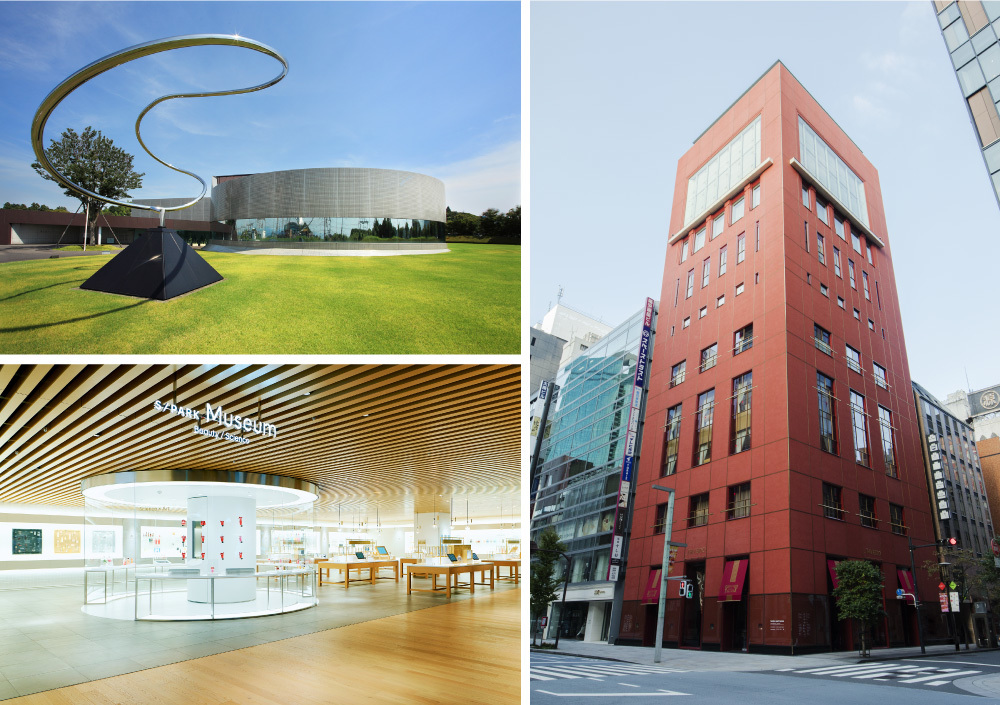
Museum Law and Community Contribution
Japan has a law called the Museum Act. Enacted in 1952, this law defines a "museum" as "an institution whose purpose is to collect, preserve (including cultivation; the same applies hereafter), and exhibit materials related to history, art, folklore, industry, natural sciences, etc., to make them available for use by the general public with educational consideration, to conduct necessary activities to contribute to their education, research, recreation, etc., and to conduct research on these materials."
In February 2022, a revision to this "Museum Act" was approved by the Cabinet, relaxing the registration requirements for museums. The museum registration system, which previously applied only to facilities like local governments and foundations meeting certain criteria, will now also include private facilities. The aim is to broaden the scope to promote tourism and regional contributions through cultural facilities. A new effort obligation was added to museum operations: "to promote cultural tourism, community development, and other activities through collaboration and cooperation with diverse local entities, thereby working to enhance regional vitality." Shiseido has stated it does not plan to apply for registration of its corporate museum. However, located in the regional city of Kakegawa, even as a single corporation, it is already contributing to the community by providing a free venue where visitors can view products and posters that reflect the times.
Overseas Exhibitions
Even before establishing its museum, Shiseido actively exhibited materials overseas. It has consistently provided corporate historical materials for exhibitions worldwide. In 1986, pre-war Shiseido posters and products were displayed at an avant-garde Japanese art exhibition held at the Centre Pompidou in Paris. Concurrently, the Musée de la Publicité in Paris hosted "Shiseido Advertising Art 1872–1986." Mr. Fukuhara later noted in his book (cited above) that these two exhibitions in France played a role in establishing the Shiseido brand's cultural legitimacy in France.
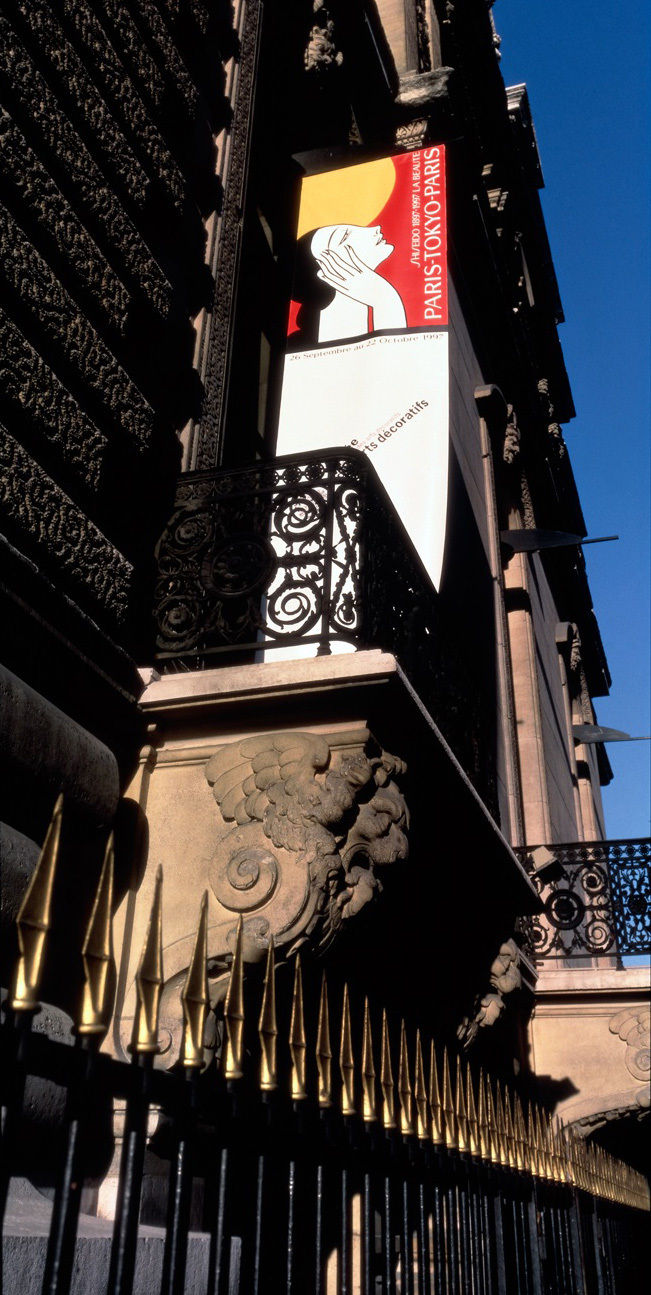
1897-1997 LA BEAUTE" held at the Musée des Arts Décoratifs in Paris (Photo courtesy: Shiseido Corporate Archives)
Furthermore, the 1997 exhibition "PARIS-TOKYO-PARIS SHISEIDO 1897-1997 LA BEAUTE" at the Musée des Arts Décoratifs showcased approximately a century of evolution through products, advertisements, and packaging. Its theme was "The Meme of Beauty and Knowledge: Shiseido." Beauty is art, knowledge is science, and memes are corporate genes. The exhibition traced how art and science have shaped Shiseido's corporate culture. During its approximately one-month run, the exhibition drew around 20,000 visitors. Its popularity was such that the exhibition period was extended by four days. French media highlighted the significance of a private company realizing a cultural exhibition at the Musée des Arts Décoratifs in Paris, enabling Shiseido to gain greater recognition in France than ever before.
Adopted as MIT Teaching Material
Furthermore, marketing materials preserved and exhibited at the Shiseido Corporate Archives—including cosmetic advertisements, point-of-sale tools, and company publications—are also used as teaching materials at the Massachusetts Institute of Technology (MIT) in the United States. Since May 2009, these materials have been freely available to the public on MIT's OpenCourseWare (OCW) platform.
According to an MIT press release dated April 22, 2022, since its launch in 2001, OCW has been accessed by over 300 million unique users, with 1.6 million monthly website visitors and 5 million video views. This marked the first time MIT had published a course on its site that deeply examined the marketing history of a single Japanese company as a resource for learning about Japanese history and culture. The title of this MIT site is "Visualizing Cultures."
Finally
Archiving is not merely about acquiring past knowledge. As Mr. Fukuhara also cited in his lecture, the Winston Churchill quote referenced at the beginning holds true: knowing the past sparks future innovation. This applies not just to a single company, but to nations as well. The Shiseido Corporate Archives serves as a place to archive and visualize the corporate culture Shiseido has created in the past, utilizing it as a source of innovation through internal heritage succession.
[Editor's Note]
Shiseido's current mission is "BEAUTY INNOVATIONS FOR A BETTER WORLD," but I was struck by the philosophy that what truly matters for a company is "People, Products, Capital" + "Culture."
Reflecting on my own life, what comes to mind first is "culture." The majesty of the ocean I saw as a child, the pure-hearted idol I admired in the height of my youth, the first non-conveyor-belt sushi I ate as an adult, the cobblestones of the quiet street where that restaurant stood... It's no exaggeration to say each of these "beautiful things" has shaped who I am today.
Shortly after entering the workforce, a senior colleague taught me, "Beauty resides in function." I thought it was one of many possible correct answers.
Visiting this museum makes it clear what Shiseido, as a company, poured into its logo, the camellia flower—or rather, the feelings and wishes it embodied. What exactly is beauty? This interview felt like being asked that very question deep within my own heart.
Was this article helpful?
Newsletter registration is here
We select and publish important news every day
For inquiries about this article
Author

Kyoko Fujii
PR Consulting Dentsu Inc.
Executive Office, Public Relations Department / Visiting Associate Professor, Graduate School of International Liberal Arts
Supports public relations for domestic and international companies, governments, and municipalities. Currently serves as the company's public relations officer. Received the 2015 Golden World Award from the International Public Relations Association. Authored and edited works include: 'Municipal PR Strategy: Learning from 17 Success Stories' (Jiji Press), 'Communicating: A Guide to PR in Japan' (Wiley), and 'Welcome to the Corporate Museum: Volumes 1 & 2' (Jiji Press). Certified PR Planner by the Japan Public Relations Association. Visiting Associate Professor at the Graduate School of Global Communication and Language, Akita International University, starting in 2024.



